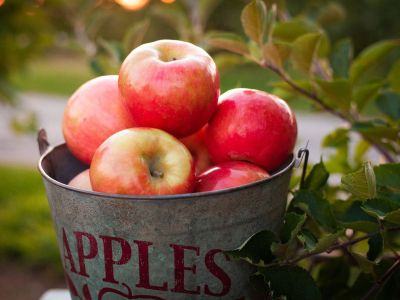If you aren’t familiar with room cooling fruit and vegetables, you may have questions such as what is room cooling or how does room cooling work? Read on for an overview of the room cooling system.
What is Room Cooling?
It’s not easy to transport fresh produce from the hot fields in which they grow to the marketplace while keeping the quality high and the spoilage rate low. It’s no different in larger backyard gardens or orchards either. Room cooling is a system that chills the produce after it has been harvested to ensure that quality is maintained until the product reaches the consumer. This quality is just as important for home growers too. Postharvest cooling is a critical step in preserving the freshness of many perishable crops. Cooling helps to stop enzymes from degrading the produce, slows wilting, and prevents molds. It also reduces the effects of ethylene, a gas that hastens ripening.
How Does Room Cooling Work?
Room cooling is one of a variety of methods growers use to help chill field crops. The room cooling system involves creating an insulated room with refrigeration units that chill the space. Growers harvest the produce, then place it in the cooling room to keep cool. The room cooling system can be used for storing produce that was previously cooled by some other, faster method of cooling such as forced-air cooling, hydrocooling, icing, or vacuum cooling. It can also be used as a primary cooling method, which requires a larger refrigeration unit.
Advantages of Room Cooling
A room cooling system is among the most widely used methods of cooling crops. It is not the fastest method of cooling produce and has proven too slow for some crops. Despite this fact, room cooling works well in many instances. One of the advantages is that it serves to bring down the temperature of produce and also to store it safely. Room cooling fruits and other crops work best for produce that has a relatively long storage life. It is best for produce that will be stored in the same room as it is cooled. Some fruits that do well with room cooling are apples, pears, and citrus fruit. The room cooling system also works well for potatoes and sweet potatoes. Of course, we don’t all have large, refrigerated rooms specifically designed for our produce. So how can home gardeners cool their fruit and veggies? Most of us have air conditioning, which can help. We also have refrigerators, where most of this produce can safely cool. The reference, Storing Fresh Fruit and Vegetables, can help as well.
